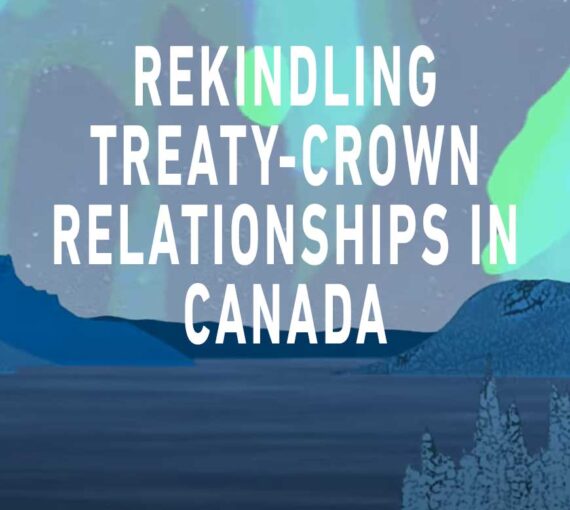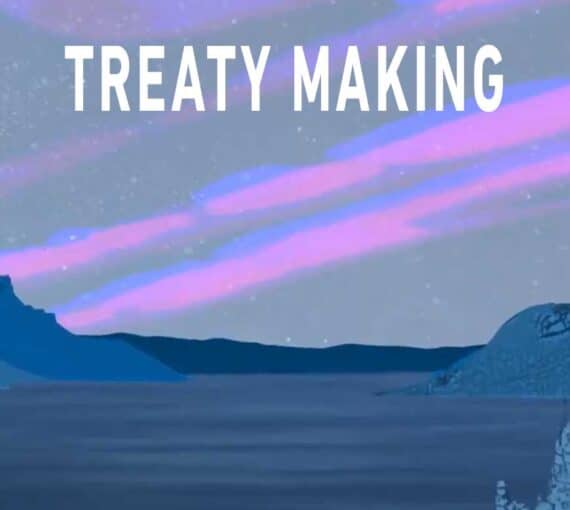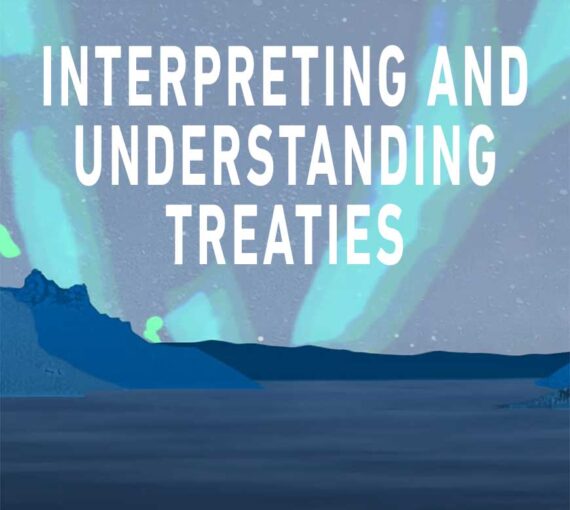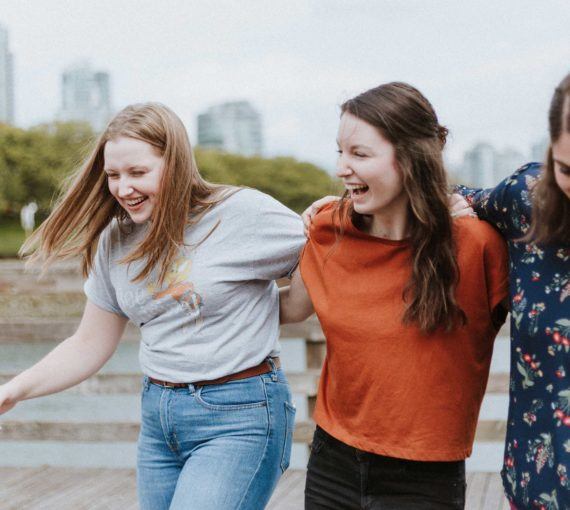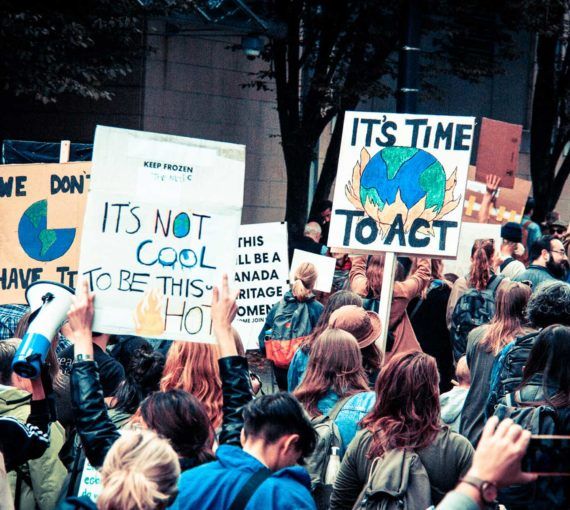Treaties confirm agreements between the federal government (often referred to as “the Crown”) and Indigenous Peoples. Fundamentally, they are an expression of relationship and are the basis for legitimate settler presence.
As Aimée Craft said, “Indigenous nations, prior to contact, were developing treaties all across Turtle Island, amongst themselves, inside of the nations, with other nations, with nations of non-human beings, so animal nations. And then when the Crown comes along and starts making treaties, this is not something that’s foreign to Indigenous people.”
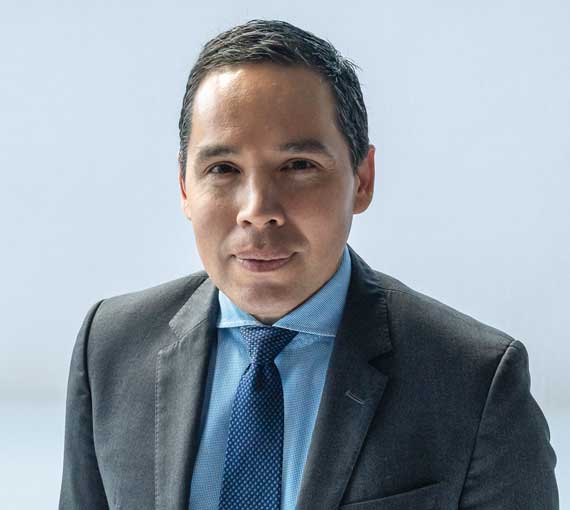
I think Inuit leaders recognized that these deals were not optimal and at the time, these were highly contentious ways to move forward, but necessary in consideration of the spaces that we found ourselves in.
Natan Obed, President, Inuit Tapiriit Kanatami
Why are treaties so contentious?
The Crown and Indigenous Peoples interpret and understand treaties differently. There are vast discrepancies between oral and written versions of treaties, and specifically words like “cede” and “surrender.”
Governments are failing to uphold treaties, even in the limited way in which the Crown interprets them.
Neither historic nor modern treaties have been fully implemented, and Crown management of land where treaties exist and where there are no treaties has failed to uphold Indigenous responsibilities to the natural world.
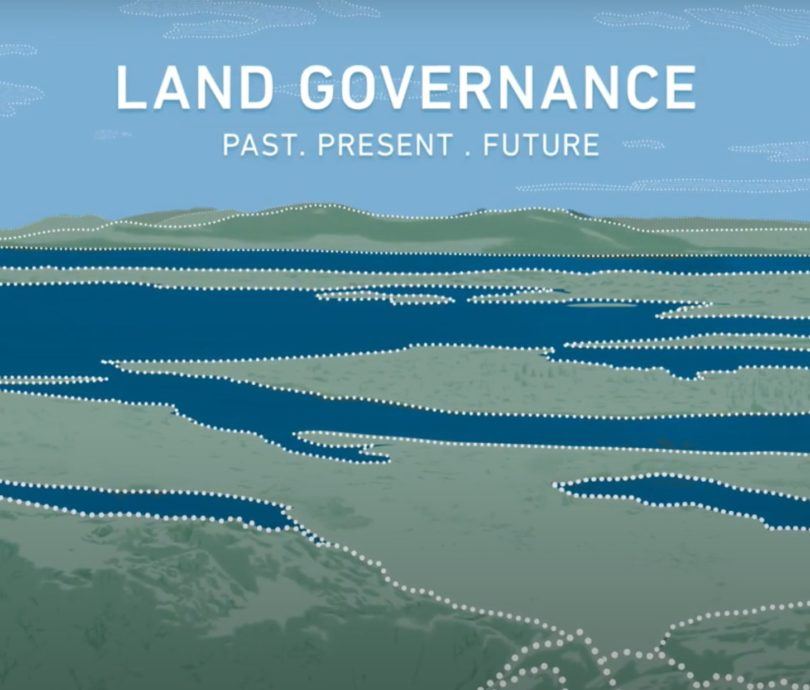
What is Land Back?
To understand how re-establishing Indigenous governance models can support better land-use, we helped create “Land Governance: Past, Present, Future”.
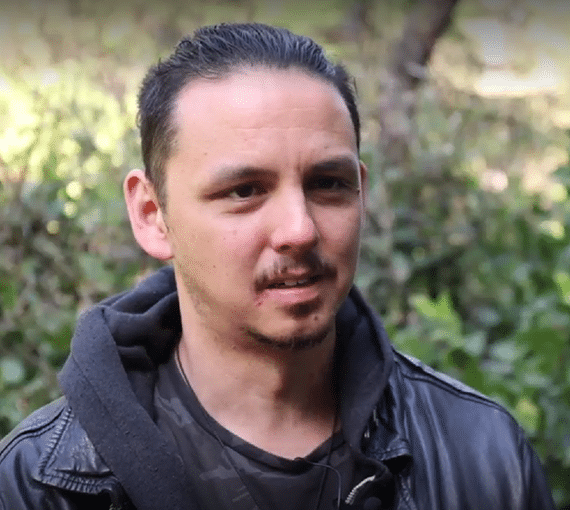
It’s not just that we’re not able to get clams or we’re not able to fish. I mean, that’s certainly an important part of it, but what’s been taken away is not just those lands but our ability to care for those relationships according to our own laws and governance structures.
Robert Clifford, assistant professor, Allard School of Law, University of British Columbia
Indigenous Laws and Governance
Indigenous laws and governance structures existed before Crown laws and have an important place in governing contemporary relationships.
Many Indigenous Peoples associate their laws with the natural laws of the world. As Aimée Craft said, “Mino bimaadiziwin is the collective sense of well-being, which is one of the two pillars of Anishinaabe Inaakonigewin, or Anishinaabe law. This is how we understand our responsibilities to one another or govern our relationships with all beings. And it’s not just about achieving mino bimaadiziwin, but living it well and living well collectively. It’s not like the end goal, but a way of life. That’s actually what elders will tell us about the concept of Anishinaabe Inaakonigewin itself, that Anishinaabe law is not actually a theory or an intellectual framing, but a way of life. That is something that we practise on a daily basis.”
Whereas settlers viewed land as property, and treaty as a land-surrender agreement, Indigenous Peoples saw treaties as a means to live together, in harmony with each other and the natural world.
Indigenous laws and systems of governance were part of treaty-making and should inform both their interpretation and implementation.
What can I do to help uphold treaties?
Treaties were meant to be mutually beneficial. But in reality, they have been used by the Crown to advance resource-extraction activities on land that was previously governed by Indigenous Peoples.
The Crown signed treaties on behalf of all Canadians. Where treaties do not exist, the Crown manages activities that affect lands and waters. To date, Crown management of lands and waters has prioritized resource extraction. This has to change.
The David Suzuki Foundation actively works to support the Land Back movement, establishment of Indigenous protected and conserved areas, and Indigenous-led work to restore and protect species at risk.
Each of us can do our part to advance more just systems of land governance.

Non-Indigenous people are probably the biggest beneficiaries of the treaty of all because if we didn’t have those treaties, we couldn’t live here in any ethical way.
Elizabeth Carlson-Manathara, associate professor, School of Social Work, Laurentian University
Four things you can do to be a better treaty person, if you live in an area that is covered by a treaty.
(Find your treaty here.)
- Educate yourself and those around you. Watch and share these videos on treaties in Canada, featuring Indigenous and non-Indigenous scholars and activists on the front lines of this important work. You can also watch and share our three-part video series on Land Back.
- Attend Treaty Days. Held annually, Treaty Days commemorate the signing of treaties and honour the important relationship between Indigenous and non-Indigenous peoples. Find out when Treaty Day is held in your territory and make it a point to attend. Everyone is welcome!
- Hold Canada accountable. Canada has signed on to the UN Declaration on the Rights of Indigenous Peoples, yet has failed to fully implement its tenets. Sign this letter to tell the prime minister you want Canadian land governance to respect Indigenous rights.
- Embrace the idea that “We are all Treaty People.” Commit to changing one thing about the way you live to be more harmonious with the land. For inspiration, see the Truth and Reconciliation Commission’s 94 Calls to Action.
Help create a more just future for all
Canada needs strong laws and policies to protect and restore Indigenous governance to their traditional territories.
Act now to help protect nature and promote Indigenous rights
